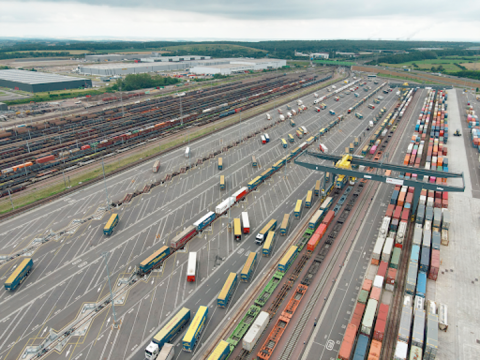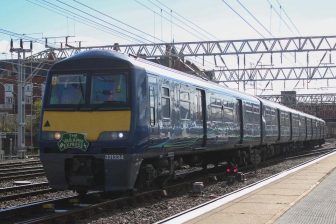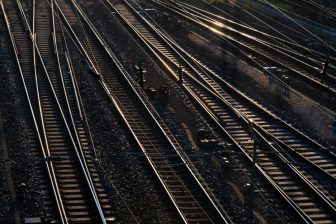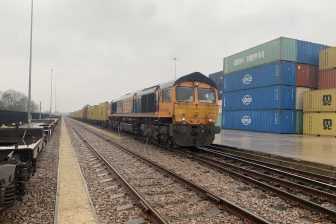
Are integrated terminals the future? CFL Multimodal says yes
Image: CFL Multimodal
What is an integrated terminal, and what role can it play in attracting more cargo to rail? For Eric Lambert, senior business development manager at CFL Multimodal, the concept is key in developing a unified and flawless supply chain while promoting a modal shift to greener transport modes like rail.
Do you want to read the full article?
Thank you for visiting RailFreight.com. Become a member of RailFreight Premium and get full access to all our premium content.
Are you already a member?
Having problems logging in? Call +31(0)10 280 1000 or send an email to customerdesk@promedia.nl.





“NO TRAIN NO GAIN” (Railway News). Rail produces the opportunity for minimizing/eliminating, long-haul, regional, & city bottlenecks. The “sunk” costs & “opportunity” costs must be included to avoid further unsustainable costs of cargo-parcel throughput, & all the massive “multiplier” effects. Large to small unit movements can be accomplished with on going advances in IoT/AI to the fastest path to break-even cost.